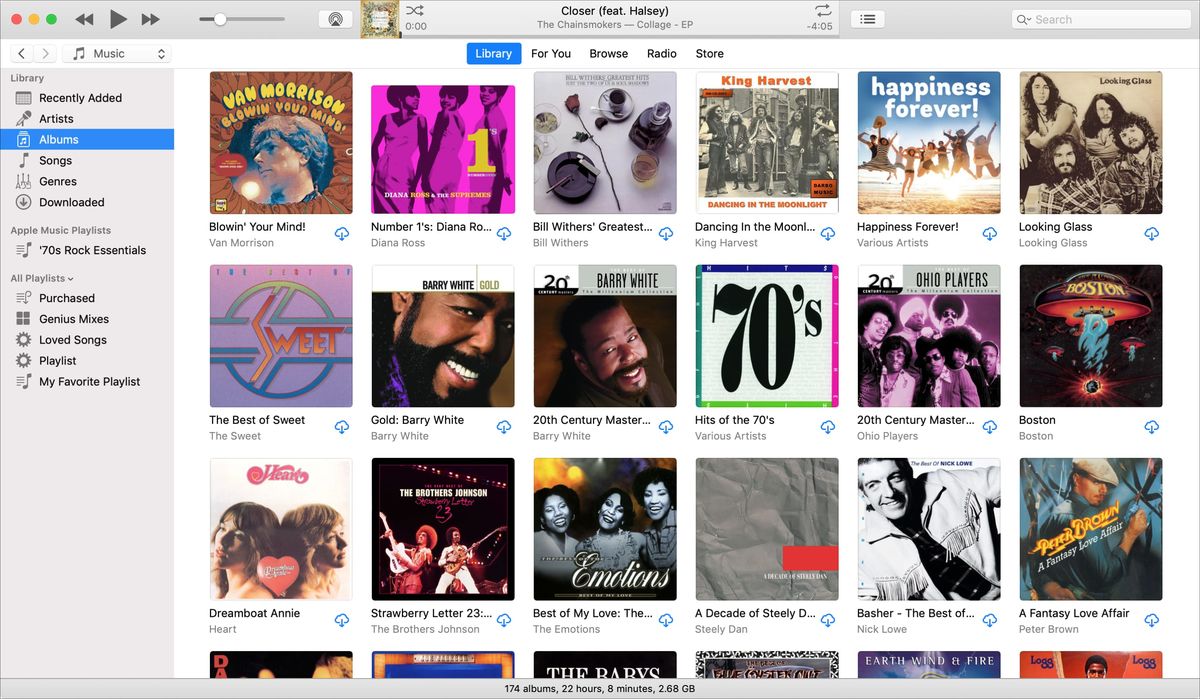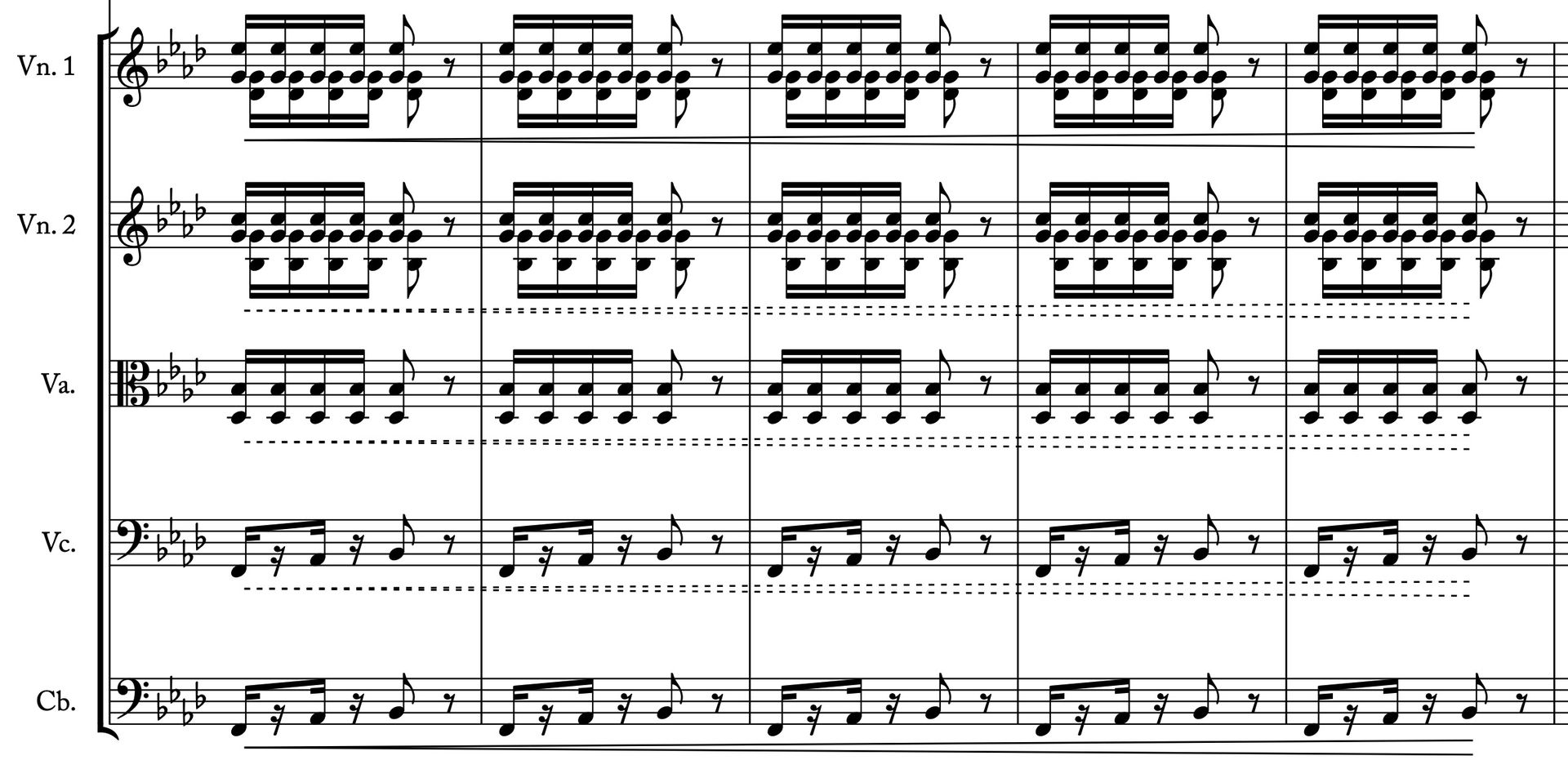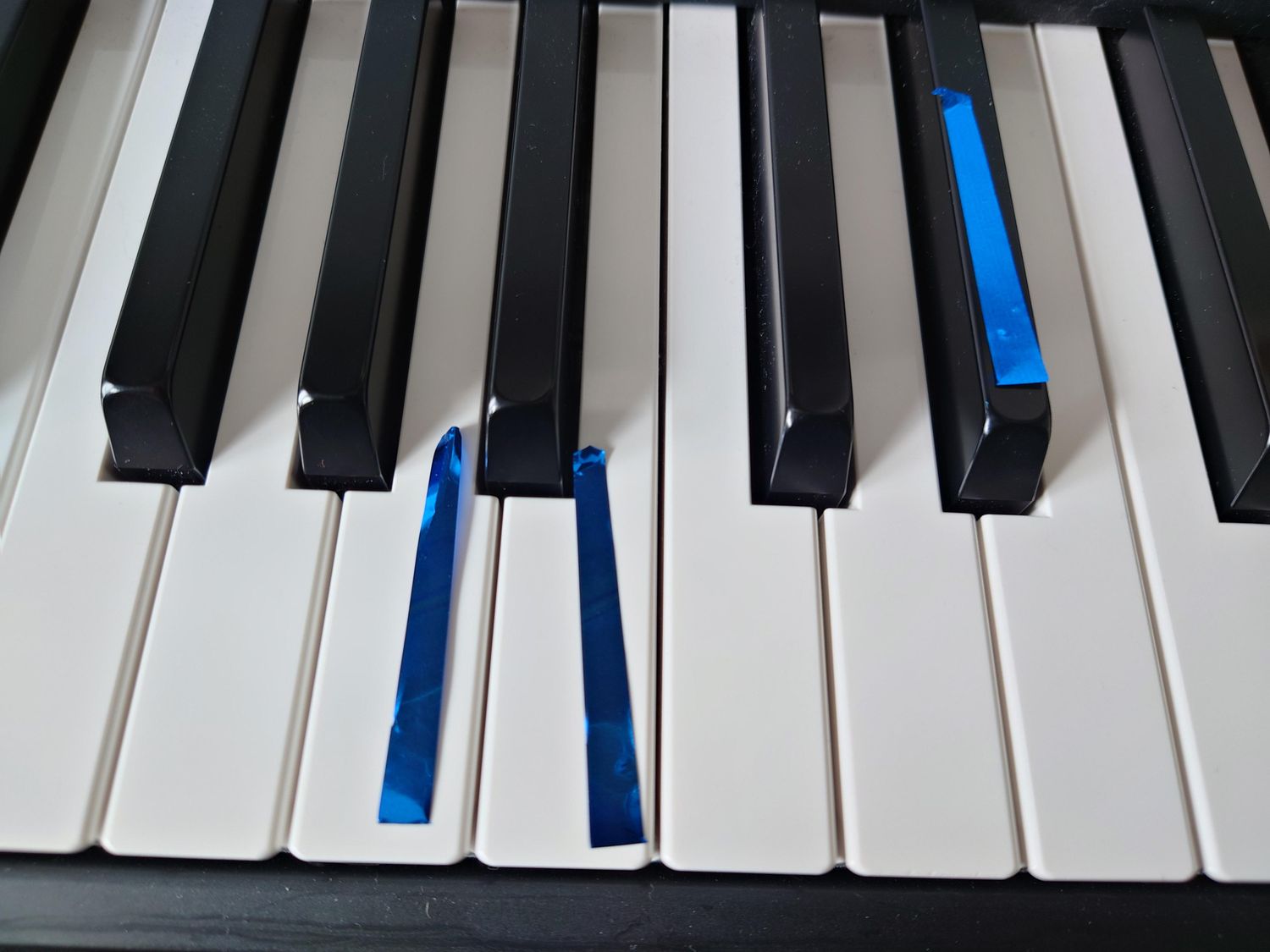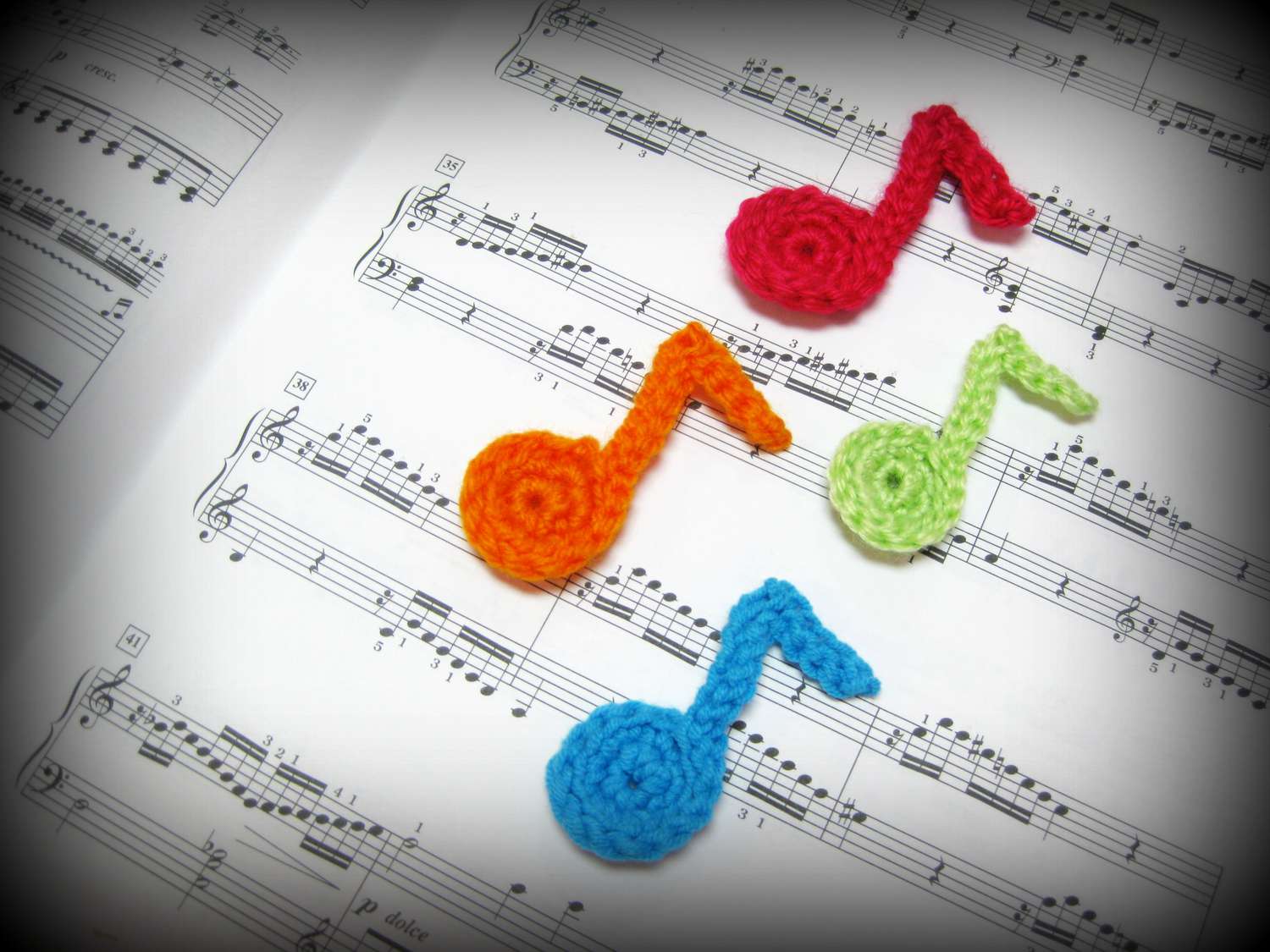Home>Instruments>Piano>How To Remember Piano Notes
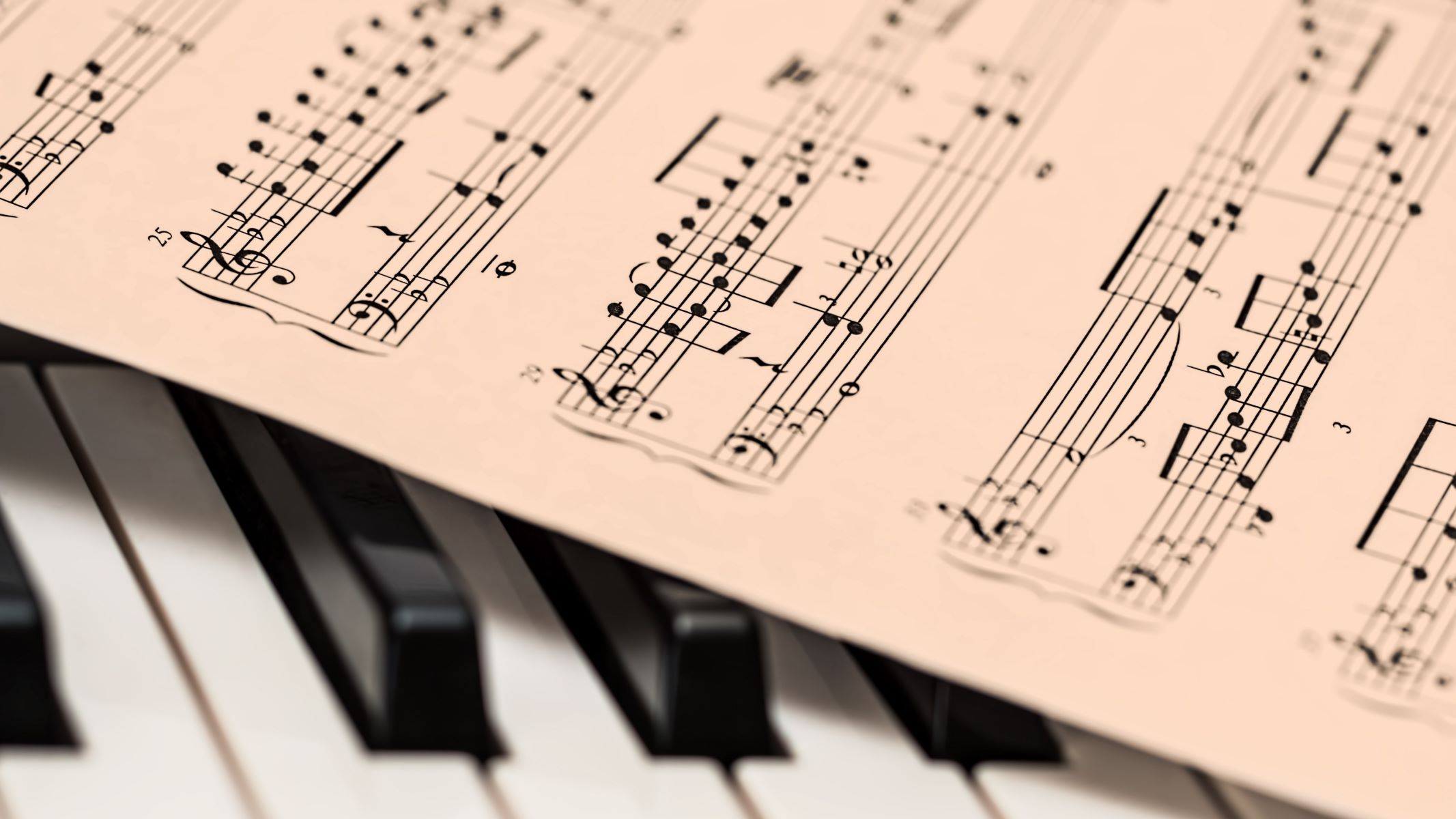

Piano
How To Remember Piano Notes
Published: February 10, 2024
Learn how to remember piano notes easily with our step-by-step guide. Master the piano and improve your skills with our helpful tips and techniques.
(Many of the links in this article redirect to a specific reviewed product. Your purchase of these products through affiliate links helps to generate commission for AudioLover.com, at no extra cost. Learn more)
Table of Contents
Introduction
Learning to play the piano is a rewarding experience that can bring joy and fulfillment to your life. However, for many beginners, one of the initial challenges is remembering the notes on the piano keyboard. Understanding and memorizing the notes is a fundamental aspect of mastering the instrument and progressing in your musical journey.
In this article, we will explore effective strategies for remembering piano notes, providing you with valuable insights and practical tips to enhance your learning process. Whether you're a novice enthusiast or an aspiring pianist, the techniques discussed here will help you gain confidence and proficiency in identifying and playing the notes on the piano.
Mastering the art of remembering piano notes not only improves your playing ability but also lays a solid foundation for exploring more complex musical concepts. By delving into the intricacies of the piano keyboard and employing mnemonic devices and practice techniques, you can develop a strong grasp of note recognition and elevate your overall musical proficiency.
Join me as we embark on this enlightening journey to unlock the secrets of piano note memorization. Let's dive into the fascinating world of music and unravel the mysteries of the piano keyboard together.
Understanding the Piano Keyboard
Before delving into the techniques for memorizing piano notes, it’s essential to grasp the layout and structure of the piano keyboard. The standard piano keyboard comprises 88 keys, including white and black keys, arranged in a specific pattern. The white keys represent the natural notes (A, B, C, D, E, F, and G), while the black keys denote the sharps and flats, also known as the enharmonic notes.
The keyboard is divided into groupings of two and three black keys, which serve as landmarks for identifying the notes. The pattern repeats across the entire length of the keyboard, allowing for consistency in note layout. Understanding this pattern is crucial for navigating the keyboard with ease and precision.
Each note on the piano is a distinct pitch, and as you move from left to right on the keyboard, the pitch either ascends or descends. The layout of the keys follows a logical sequence, with each note positioned in relation to its neighboring notes.
Furthermore, familiarizing yourself with the concept of octaves is essential. An octave consists of eight notes, encompassing a combination of natural and accidental notes. This understanding lays the groundwork for recognizing patterns and intervals, which are fundamental elements in memorizing and playing piano notes.
As you acquaint yourself with the piano keyboard, take note of the middle C, a pivotal reference point located near the center of the keyboard. This note serves as a point of orientation and is often used as a starting position for many musical exercises and pieces.
By comprehending the layout and organization of the piano keyboard, you’ll gain a solid foundation for delving into the intricacies of note memorization and developing a deeper connection with the instrument. Now that we’ve familiarized ourselves with the piano keyboard, let’s explore effective techniques for memorizing the notes and honing your piano skills.
Memorizing the Notes on the Piano
Memorizing the notes on the piano is a crucial step in your musical journey. To aid in this process, it’s beneficial to employ mnemonic devices and visual aids. One popular mnemonic is the use of acronyms to remember the order of the natural notes. For instance, the phrase “Every Good Boy Does Fine” represents the notes E, G, B, D, and F on the lines of the treble clef staff, while “FACE” signifies the notes on the spaces. Similarly, for the bass clef, “Good Boys Do Fine Always” and “All Cows Eat Grass” are commonly used to remember the notes on the lines and spaces, respectively.
Visualizing the keyboard and associating each note with its position can also enhance memorization. By mentally dividing the keyboard into distinct sections and recognizing patterns, you can reinforce your note recognition skills. Additionally, practicing scales and arpeggios regularly can aid in internalizing the layout of the notes and their relationships on the keyboard.
Another effective technique is to learn to read music notation. Familiarizing yourself with sheet music and understanding how notes are represented on the staff can significantly contribute to your ability to identify and play the corresponding keys on the piano. As you become proficient in reading music, you’ll naturally strengthen your note recognition skills.
Furthermore, incorporating ear training exercises into your practice routine can deepen your understanding of the notes. By listening attentively to the sound produced by each key and associating it with its visual representation on the keyboard, you can reinforce your memory of the notes and develop a keen sense of pitch and tonality.
As you immerse yourself in the process of memorizing piano notes, it’s essential to approach the learning journey with patience and persistence. Consistent practice and a proactive mindset are key to solidifying your knowledge of the notes and honing your piano skills.
Now that we’ve explored effective strategies for memorizing the notes on the piano, let’s delve into the practical application of this knowledge through dedicated practice and musical exploration.
Practicing and Applying the Knowledge
Once you’ve familiarized yourself with the layout of the piano keyboard and internalized the mnemonic devices and techniques for note memorization, it’s time to put your knowledge into practice. Regular and focused practice sessions are essential for reinforcing your understanding of piano notes and improving your overall proficiency.
Begin by practicing simple exercises that involve identifying and playing individual notes on the keyboard. Utilize beginner-friendly music books or online resources that provide exercises specifically designed to enhance note recognition skills. Start with small segments of the keyboard, gradually expanding to cover the entire range as you gain confidence.
As you progress, incorporate sight-reading exercises into your practice routine. Sight-reading involves playing music from a score without prior preparation. This not only strengthens your note recognition abilities but also hones your overall piano playing skills. Start with uncomplicated pieces and gradually challenge yourself with more complex compositions as your proficiency grows.
Additionally, explore beginner-friendly songs and melodies that allow you to apply your knowledge of piano notes in a musical context. Playing familiar tunes can be an enjoyable way to reinforce your understanding of note placement and develop a sense of musical expression. Consider learning simple melodies by ear and translating them onto the keyboard to further solidify your note recognition skills.
Furthermore, consider incorporating technology into your practice sessions. There are numerous interactive apps and software designed to aid in note memorization and piano skill development. These resources often offer engaging exercises, games, and tutorials that make the learning process interactive and enjoyable.
It’s important to maintain a structured practice schedule and allocate dedicated time for note memorization and application. Consistency and perseverance are key factors in solidifying your understanding of piano notes and progressing in your musical journey.
By actively applying your knowledge of piano notes through focused practice and musical exploration, you’ll not only enhance your note recognition skills but also cultivate a deeper connection with the instrument. Now, let’s explore valuable tips for effectively remembering piano notes and optimizing your practice sessions.
Tips for Remembering Piano Notes
Mastering the art of remembering piano notes requires dedication and strategic approaches. Here are valuable tips to aid in your journey of note memorization and piano skill development:
- Consistent Practice: Dedicate regular practice sessions to reinforce your understanding of piano notes. Consistency is key to internalizing the layout of the keyboard and strengthening your note recognition abilities.
- Utilize Mnemonics: Leverage mnemonic devices such as acronyms and visual aids to remember the order and placement of notes on the keyboard. Mnemonics can provide effective memory cues for note identification.
- Engage in Sight-Reading: Practice sight-reading exercises to apply your note recognition skills in a musical context. Sight-reading enhances your ability to quickly identify and play notes from sheet music.
- Explore Music Theory: Delve into basic music theory to understand the principles of note representation and intervals. A solid grasp of music theory can complement your note memorization efforts.
- Ear Training: Engage in ear training exercises to develop a keen sense of pitch and tonality. Listening attentively to the sound of each note can reinforce your memory of the corresponding keys on the piano.
- Visualize Patterns and Octaves: Mentally divide the keyboard into sections and recognize patterns to aid in note memorization. Understanding the concept of octaves can facilitate the recognition of note relationships across the keyboard.
- Practice with Beginner-Friendly Songs: Explore simple melodies and beginner-friendly songs to apply your note recognition skills in a musical context. Playing familiar tunes can make the learning process enjoyable and rewarding.
- Utilize Technology: Explore interactive apps and software designed to enhance note memorization and piano skill development. Interactive resources can make the learning process engaging and dynamic.
By incorporating these tips into your learning journey, you can effectively strengthen your ability to remember piano notes and elevate your overall proficiency in playing the instrument. Now, let’s conclude our exploration of note memorization and its significance in mastering the piano.
Conclusion
Embarking on the journey of learning and mastering the piano is a fulfilling endeavor that opens doors to a world of musical expression and creativity. Throughout this article, we’ve delved into the intricacies of remembering piano notes, emphasizing the significance of note recognition in developing strong piano skills.
Understanding the layout of the piano keyboard and familiarizing oneself with mnemonic devices, visual aids, and music notation are foundational steps in the process of note memorization. By employing mnemonic acronyms, visualizing patterns, and engaging in ear training exercises, aspiring pianists can enhance their ability to identify and play notes with confidence and precision.
Practicing and applying the knowledge of piano notes through structured practice sessions, sight-reading exercises, and exploring beginner-friendly songs are essential for reinforcing note recognition skills in a musical context. Additionally, leveraging technology and interactive resources can make the learning process engaging and dynamic.
By consistently applying these strategies and tips, individuals can strengthen their note memorization abilities and cultivate a deeper connection with the piano. Patience, persistence, and a proactive mindset are crucial elements in the journey of mastering piano notes and advancing in musical proficiency.
As you continue your musical odyssey, remember that the process of remembering piano notes is not merely a technical exercise but a gateway to unlocking the expressive potential of the instrument. Embrace the joy of learning, and let your passion for music propel you forward on your path to piano mastery.
May the harmonious melodies that emanate from the piano keys inspire and uplift both the player and the listener, fostering a profound appreciation for the artistry of music. Now, armed with a deeper understanding of note memorization, venture forth and let the enchanting sounds of the piano resonate with your heart and soul.

